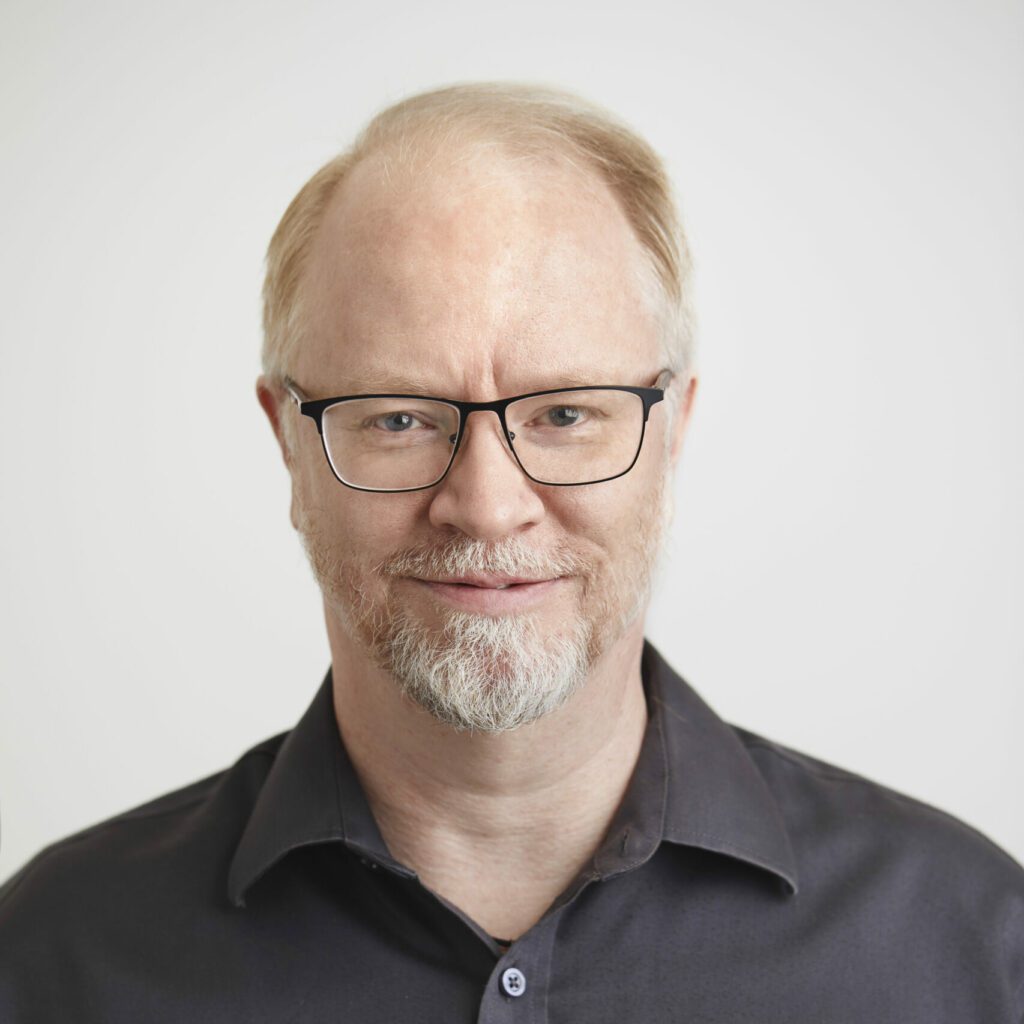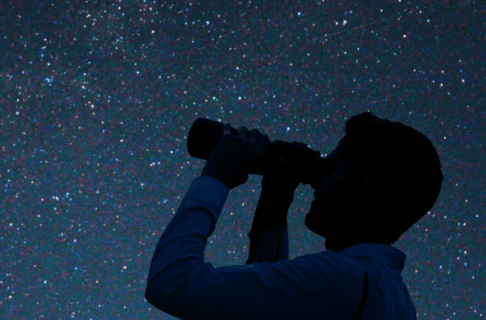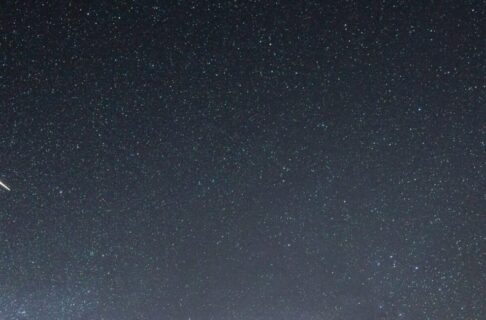Posted on: Friday January 31, 2014
The phone woke me up early on a Sunday. My sister calling. She’s not an early riser; something must be wrong.
“I was listening to the news – the space shuttle was supposed to land, but didn’t.” Silence, as I try to process the information.
What?
In 30 seconds I am in the living room, putting on my glasses with one hand and fumbling with the TV remote in the other. I don’t have to switch to NASA-TV. The story is everywhere. The Space Shuttle Columbia, with its crew of seven astronauts, is missing.
Two minutes later, I’m in the car, heading to the Planetarium. We have better resources there, NASA TV direct from satellite and several computers for streaming and searching. I don’t know why I’m going; it’s not like NASA needs me, but I just have to go, to know, to do SOMETHING. I arrive, breathless, to find other co-workers streaming in. Some have tears in their eyes. The reports come slowly: all contact lost during re-entry; no landing; some kind of warning indicators in the left wing; and then the first video of a fireball breaking up in the sky over Texas.
My recollections of the rest of the day are a blur. For the first few minutes, I had held out hope that the crew might have escaped, but that hope quickly dwindles. Columbia is gone.
They were only sixteen minutes from home.
The phones start to ring. Local media, other staff, the public. We watch the news, check forums, watch and re-watch the footage of the launch that we had taped nearly two weeks before. Anderson Cooper, one of CNN’s “new guys” at the time, is at the desk when it happens, and he becomes the face of the tragedy until veteran space reporter Miles O’Brien gets there. All of the talking heads on every network are asking the same question: What had happened?
In the aftermath, it turned out that Columbia was doomed from the time it launched. A piece of insulating foam broke free of the shuttle’s big orange external tank during the launch, damaging the heat shield on the front of the left wing. When the shuttle re-entered the atmosphere, the frictional heating burned through the heat shield, tearing off the wing and causing the shuttle to break apart at 400,000 km/h. NASA had screwed up, and people had died.
Historically, the end of January has been a bad time for space exploration. On January 27, 1967, the first Apollo moon rocket caught fire during routine testing on the launch pad, and three astronauts perished. On January 28, 1986 the shuttle Challenger exploded during launch, killing all seven astronauts aboard. And now a second shuttle and its crew of seven was gone.
In every case, NASA rallied, found, faced and fixed the problems, and moved on. There were words about the cost of exploration, the necessity of risk-taking, the benefits of curiosity and passion. Today, more than a decade after the loss of Columbia, there are people living full-time in space. The International Space Station and the Chinese Tiangong 1 space station orbit overhead, the frontier outposts of our exploration into the universe. But is it worth it? Is it worth seeing crying families every decade or so, immersed in a disaster that grips the world?
There is no right answer, but I can tell you what every member of the crews of Apollo 1, Challenger, and Columbia would tell you: it is not only worth the cost, it is essential. Humanity must explore. The practical reasons are obvious: growing population and dwindling resources on our home planet; knowledge and technology to be gained; searching for other habitable worlds to colonize and explore; the possibility of life elsewhere. But the main reason humanity must explore is this: exploration is one of the defining characteristics of the human species. We have always looked at the horizon and wondered what is out there. It has defined our modern world, and driven the development of technologies that today are essential to our civilization. Exploration built the world we live in, and without it, humanity is doomed to a slow, stagnant decay into extinction.
Today I remember those who have given their lives while exploring space. Thank you for reaching for the stars.
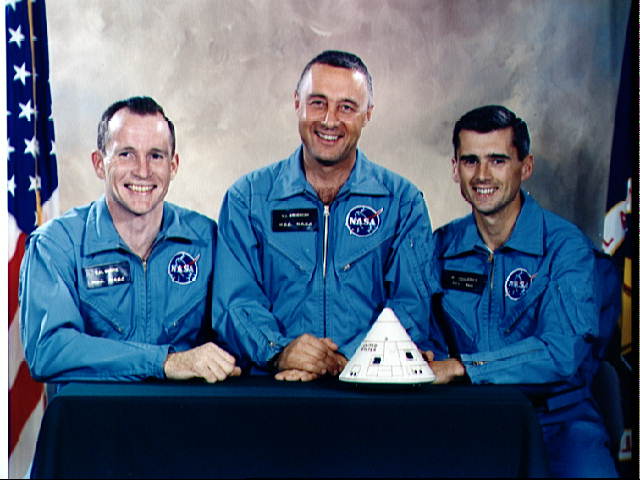
Apollo 1 (January 27, 1967)
Virgil “Gus” Grissom, Command Pilot (United States)
Edward White, Senior Pilot (United States)
Roger Chaffee, Pilot (United States)
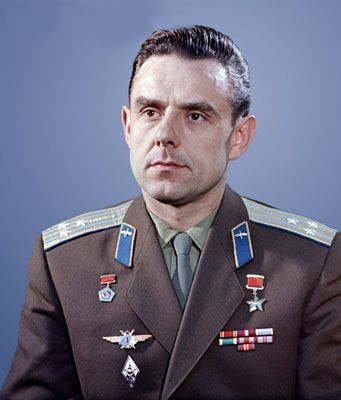
Soyuz 1 (April 23, 1967)
Vladimir Kamarov, Commander (Soviet Union)

Soyuz 11 (June 30, 1971)
Georgi Dobrovolski, Commander (Soviet Union)
Vladislav Volkov, Flight Engineer (Soviet Union)
Viktor Patsayev, Flight Engineer (Soviet Union)
Challenger Mission 51-L (January 28, 1986)
Francis R. Scobee, Commander (United States)
Michael J. Smith, Pilot (United States)
Ronald McNair, Mission Specialist (United States)
Ellison Onizuka, Mission Specialist (United States)
Judith Resnik, Mission Specialist (United States)
Greg Jarvis, Payload Specialist (United States)
Christa McAuliffe, Payload Specialist/Teacher in Space (United States)
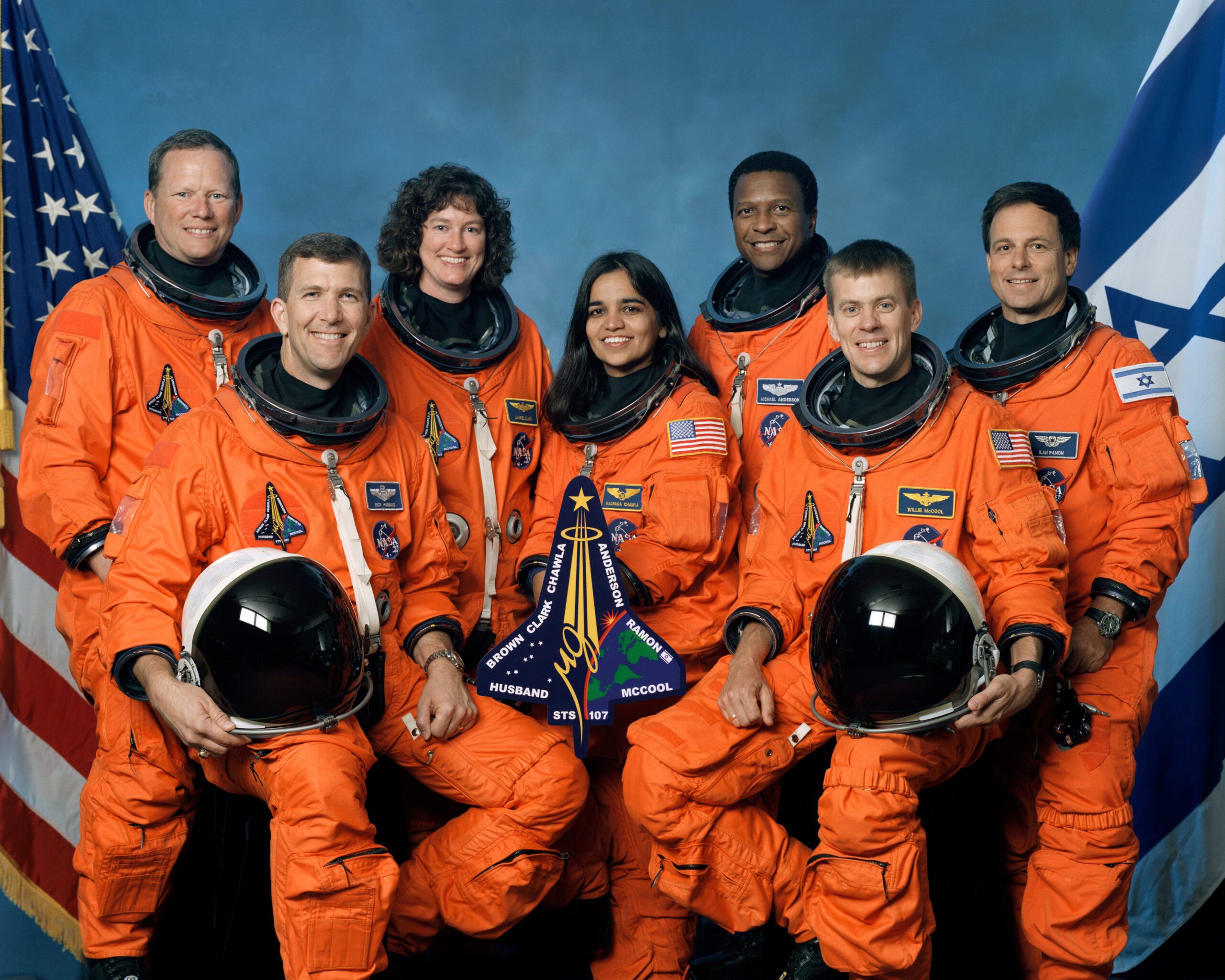
Columbia, Mission STS-107 (February 1, 2003)
Rick D. Husband, Commander (United States)
William C. McCool, Pilot (United States)
Michael P. Anderson, Mission Specialist (United States)
Kalpana Chawla, Mission Specialist (United States)
David M. Brown, Mission Specialist (United States)
Laurel Clark, Mission Specialist (United States)
Ilan Ramon, Mission Specialist (Israel)
